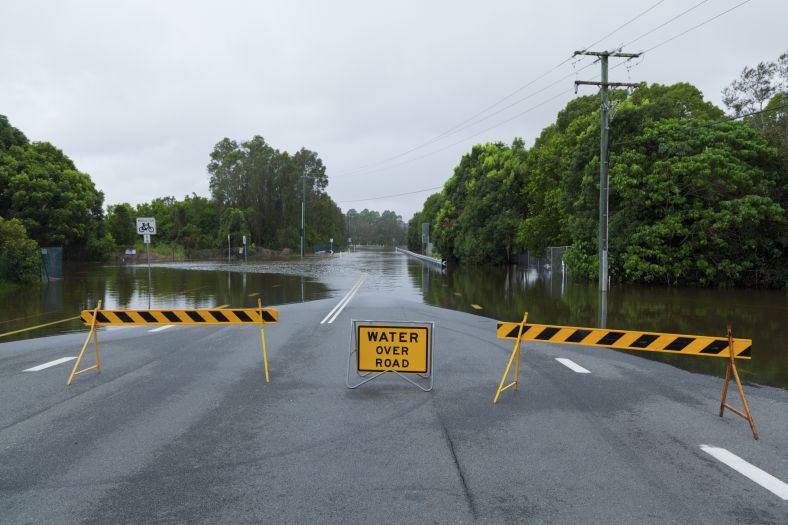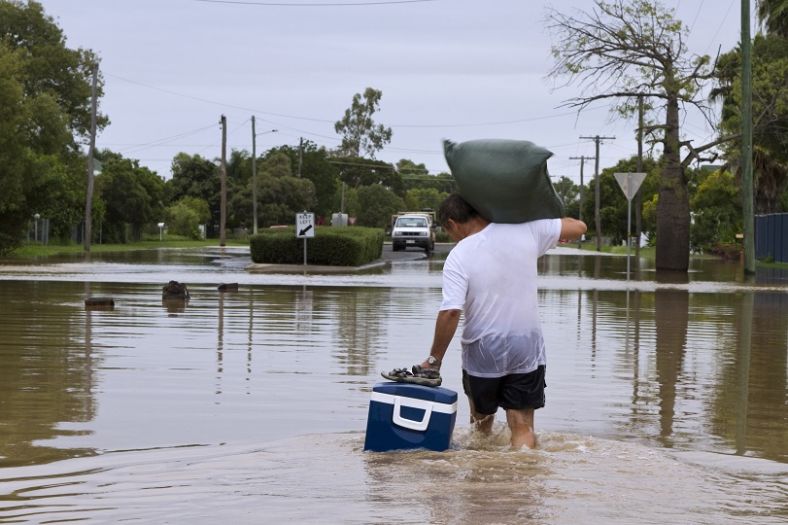This year, NSW is experiencing some of the heaviest rainfall on record, leading to several devastating floods across the state. The ongoing support of nsw.gov.au in this time of need is critical to help the communities affected by flooding.
Flood events evolve rapidly and can potentially be life-threatening, so it is crucial for the NSW Government to communicate the dangers to citizens quickly and clearly.
But with at least 15 agencies and clusters involved, doing so is not always straightforward.
NSW Government Digital Channels, the team responsible for making nsw.gov.au the central, trusted source for information from the state government, saw an opportunity to help.
Solving the disconnected user journey
Prior to the first major flooding event in February, no single Government website contained information on:
- how to prepare for a flood
- what to do during a flood event
- financial and practical support after a flood.
Some of the information existed, but it sat on multiple government agency websites, such as NSW State Emergency Service, NSW Health, NSW Fair Trading, Transport for NSW, Service NSW and Resilience NSW. This meant that residents, struggling with limited internet connectivity in affected areas, would have to undertake numerous searches to find the appropriate assistance.
By rapidly launching a floods hub on nsw.gov.au that was mobile-friendly and optimised for search, we were able to establish a focal point for agencies to channel all communications to the public.
The team quickly fleshed out what the information architecture (IA) should look like. The initial IA focused on three key pillars – planning, emergency and recovery. They undertook a landscape review to find which pages already existed on government websites and used Google Search Trends data to see if there were any gaps.
Within 72 hours, a minimum viable product (MVP) of the NSW floods hub was launched. It provided information on preparing for floods and where evacuation and recovery centres were located. It also provided practical advice, such as how to safely clean up your property in the immediate aftermath. As the situation evolved into recovery, more resources were provided for families, businesses and primary producers on where to seek financial disaster relief and how to access mental health support. As the flood emergency continues, this hub continues to support those affected by flooding around the state.


